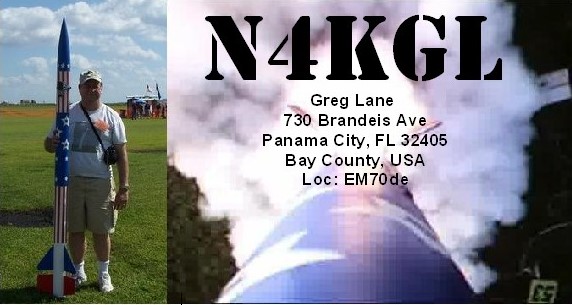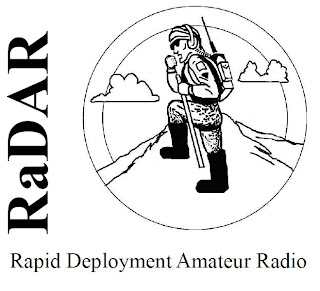The next RaDAR Challenge is April 2nd, 2022 UTC. RaDAR is Rapid Deployment Amateur Radio fostered by Eddie Leighton ZS6BNE. The RaDAR “Challenge” is a unique event aimed at promoting the use of Rapidly Deployable Amateur Radio stations. RaDAR is a step up from how you have been operating portable. Also, there is no limitation on your outdoor venue. Please give it a go, the more participants we have, the more fun it will be. Chasers are very helpful and now a RaDAR category.
The rules have been refined after some new ideas were tested in the November 2021 Challenge. Be sure to give the rules a careful read. Also, please see the How-To for RaDAR Online Logging
Here are some highlights from the rules:
There are four categories:
- Category A – A FULL twenty-four-hour RaDAR Challenge.
- Category B – The standard RaDAR challenge. It’s up to each individual to plan his / her MAXIMUM, SINGLE PERIOD, FOUR HOUR ops.
- Category C – A 2-hour RaDAR Sport sprint, starting time 14:00 LOCAL TIME. This is a physically demanding challenge.
- Category D – A RaDAR Chaser station. Without these stations, RaDAR operators will find difficulty in maintaining quick QSOs per deployment.
There are multipliers based on your portable situation:
- x 1 – RaDAR Fixed station (in a building away from home)
- x 2 – RaDAR Field station (camping)
- x 3 – Moving RaDAR station – see modes of transport below.
Options (Fixed, Field, or Moving) may be changed at any time during the challenges.
The Moving category has specified transition distances:
- Bicycles – 2 km.
- On foot and paddle canoes – 1 km.
- Wheelchairs – 500 m (The four-hour challenge only).
- Vehicles, motorcycles, and motorboats (motorized transport) – 6 km.
Aeronautical mobile stations are considered moving stations and can communicate at any convenient time.
Note: Motorized transport is only allowed for the twenty-four and four-hour challenges and not for the two-hour RaDAR Sport sprint. The RaDAR Sport sprint is more of a physical challenge.
Moving RaDAR stations need to make at least five QSOs before moving to the next deployment point. Thereafter they are required to move to their next destination. The move needs to cover the required distance before further contacts can be made. This requirement tests the ability to rapidly and successfully re-deploy your amateur radio station.
Exchange:
Callsign, Name, RS (T) report, and Grid locator. The grid locator of six characters is acceptable but should preferably be accurate to 8 or 10 characters
Logging may be done online during the course of the event. Logging by all participants is encouraged because matching QSOs will receive a bonus point.
Good Luck and stay safe,
Greg N4KGL

